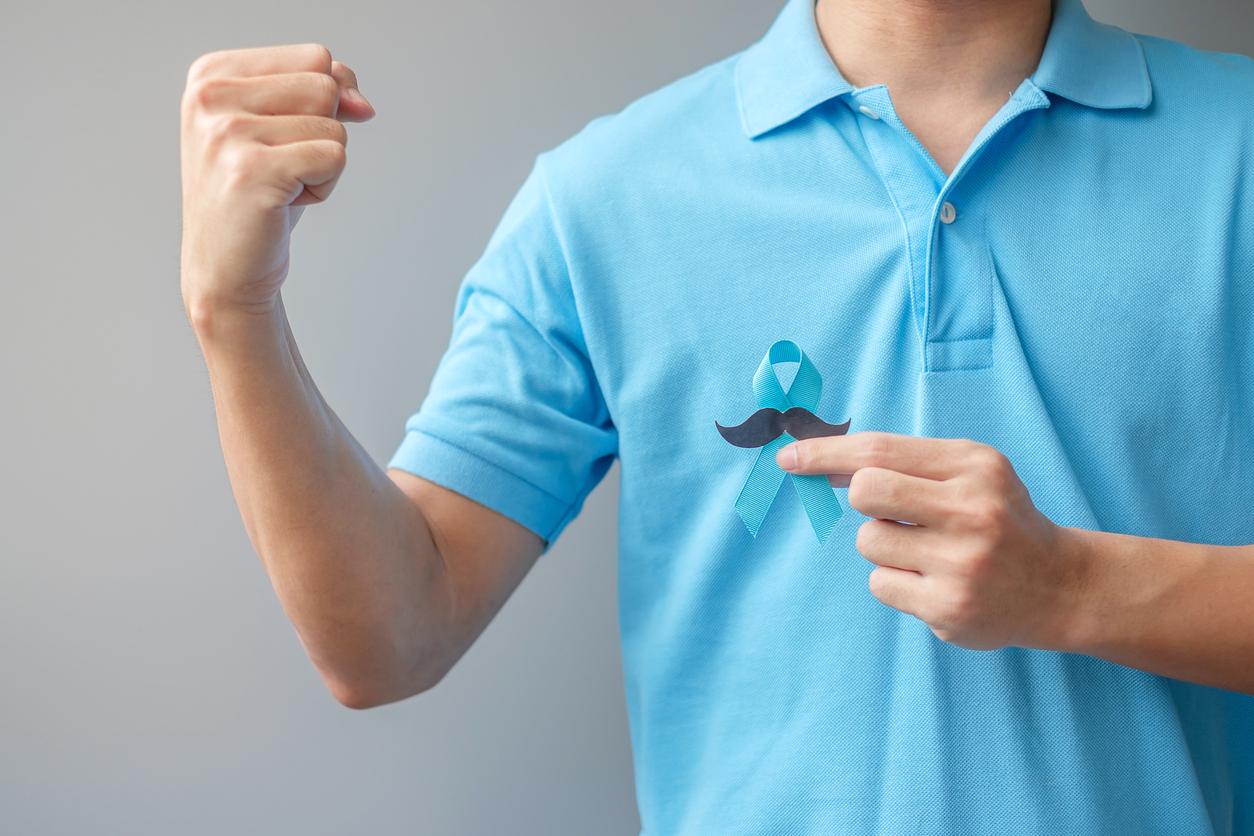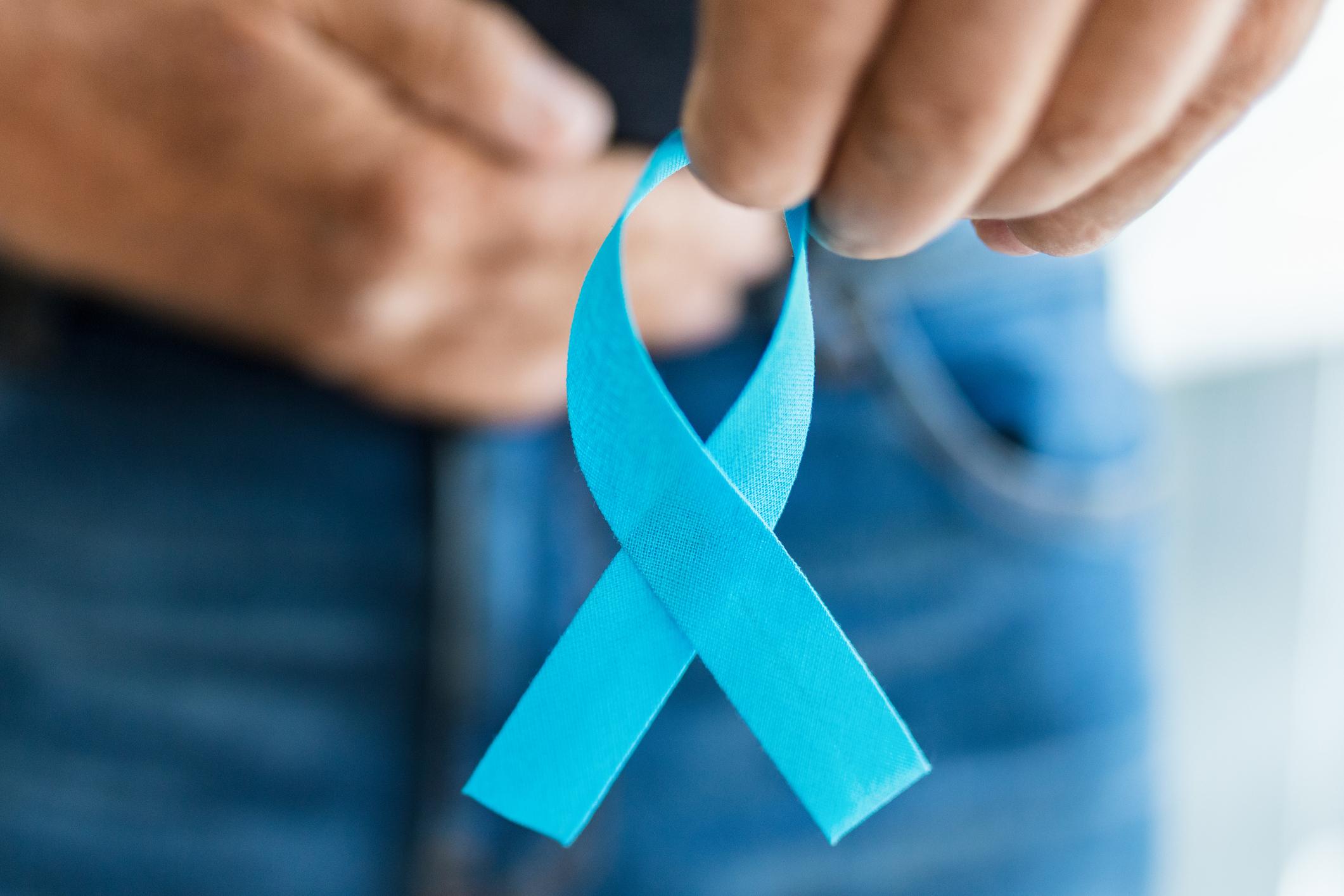Every November, the Movember movement invites men around the world to grow a mustache to mobilize public opinion on men’s diseases, including testicular cancer. Why Doctor takes stock of this little-known disease which nevertheless affects more and more young men.

It’s soon Movember. Every year in November, the Movember Foundation Charity invites men around the world to grow a mustache in order to raise awareness and funds for research into men’s diseases such as prostate cancer or testicles. Since 2003 when it was launched, the movement has grown more and more, thanks in particular to social networks, and the Foundation has collected around 465 million euros. But if everyone has already heard of prostate cancer, the most diagnosed in men, that of the testicles remains largely unknown. Why Doctor takes stock.
Who is affected by testicular cancer?
Although testicular cancer represents only 1 to 2% of male cancers in the world, it nevertheless represents almost a third of cancers in young men (under 40). In France, approximately 2,000 people are diagnosed each year.
What forms can this cancer take and what treatments are offered?
The vast majority (90%) of testicular tumors are malignant germ cell tumors or tumors resulting from the transformation of primitive cells, intended to give spermatozoa. Of these, 40% are seminomatous tumors that respond to radiotherapy. Non-seniomatous tumors, on the other hand, are more aggressive because they are not sensitive to radiation and affect young men more.
If the disease is detected early, its prognosis is very good. “The cure rate reaches 95% for localized tumors and it is even 70 to 80% when there are metastases”, assures Arnaud Roth, head of the digestive tumors unit in the oncology department of University Hospitals. from Geneva (HUG) in Switzerland to the site Planet Health. Treatment always involves the surgical removal of the affected genital gland. “This is the rule, because the affected testicle remains a sanctuary for cancerous cells. If it is not removed, there is a significant risk of recurrence”, explains the specialist. This procedure is simple and requires only a short hospital stay. After which, men can have a prosthesis fitted if they wish. If the cancer is more aggressive, chemotherapy and sometimes radiotherapy will also be used.
What are the symptoms ?
Most of the time, testicular cancer does not cause pain and is mainly manifested by the presence of a hard mass in the diseased testicle. Arnaud Roth therefore recommends that men feel themselves “once every one or two months in the shower, because under hot water, the scrotum is more relaxed”. If in doubt, go to the doctor as soon as possible, he advises.
What risk factors are the researchers considering?
Currently, the only risk factor officially recognized by researchers is cryptorchidism or the absence of spontaneous descent of one or both testicles in their normal position. In which case, it is very important to intervene before puberty to lower the offending testicle. According to some doctors, family factors are also involved because the risk seems higher when the father or a brother has testicular cancer. However, experts differ on the subject.
Another risk factor increasingly considered by science: the environment. Indeed, since the mid-twentiethand century, the number of cases of testicular cancer is increasing in all industrialized countries (+2.5% in France between 1980 and 2005), especially the Nordic countries. Many specialists therefore point the finger at chemicals such as pesticides as well as metals rejected by industry or certain plastics. Because these substances could act as endocrine disruptors, i.e. products that block or imitate the action of hormones.
Two large-scale studies have already observed an increase in the incidence of testicular cancer in the sons of farmers who have used large quantities of fertilizers and in pesticide applicators. However, they must be validated by other tests. The researchers also want to focus on exposure during uterine life and the puberty period should be investigated in particular.
Finally, it was also observed that people born abroad kept an incidence rate similar to that of their country of origin while their descendants had a rate similar to that of their host country.
.

















